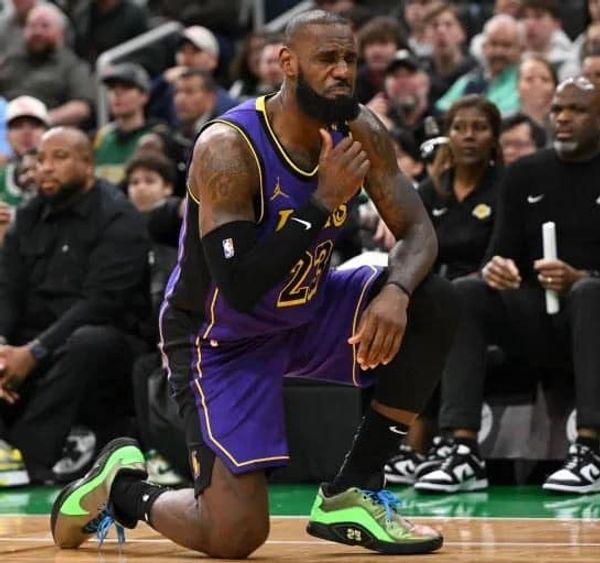/Amazon%20Delivery%20Truck.jpg)
Amazon (AMZN) stock has held up well since Feb. 1. with its Q1 results. Based on its strong FCF outlook, AMZN stock could be worth over one-third more. This is attractive to long investors who also short out-of-the-money (OTM) puts for income.
I discussed this in my March 8 Barchart article, “Amazon Stock is Still Very Undervalued and Shorting OTM Puts Makes Sense Here.” The article showed that the $170 strike price put option traded for $1.23 for expiration on March 28. AMZN stock closed at $180.38 on March 28, so the puts expired worthless.
That means the short put investor kept the 0.724% yield (i.e., $1.23/$170.00) without any obligation to purchase the stock at $170.00. It makes sense now to redo this trade. But first, let's review why AMZN stock still looks undervalued here.
Amazon's Powerful Free Cash Flow
Amazon reported on Feb. 1, that its year-end free cash flow (FCF) was $36.8 billion for the trailing 12 months (TTM) ending Dec. 31. That represented 6.40% of its TTM sales of $574.8 billion in 2023. Based on the company's guidance, it will continue to produce strong FCF.
For example, analysts now project revenue will rise to $641.55 billion this year, a gain of 11.6% over 2023. Moreover, in 2025, Seeking Alpha's survey of 55 analysts shows an average forecast of $715.07 billion. Refinitiv's survey for 2025, as seen in Yahoo! Finance's analysis page, shows a similar $714.81 billion forecast.
As a result, we can project that on average sometime in the next 12 months (NTM), Amazon will be on a run rate average revenue of $664.8 billion. So, we can apply the 6.40% FCF margin it had in Q4 on a TTM basis. That results in $42.55 billion in NTM forecast FCF.
That would be 15.6% higher than last year's FCF of $36.8 billion. Moreover, we can use this to set a price target for AMZN stock.
AMZN Price Target
For example, even though Amazon doesn't pay a dividend, let's assume it paid out 100% of its FCF to its shareholders. That would result in at least a 1.5% dividend yield, and possibly much lower.
Therefore, if we divide $42.55 billion in FCF by 1.5%, Amazon's market cap could reach $2.836 trillion (i.e., $42.55b/0.015 = $2,836.7 billion). That is 51.2% higher than its present $1.875 trillion market cap today.
However, just to be conservative, let's use a 2.0% FCF yield metric. That results in a projected market cap of $2,127.5 billion. This is 13.5% higher than today. So, on average Amazon could be worth between 13.5% and 51.2% more sometime in the next 12 months, or 32.35% more, or almost ⅓ more. That sets its price target at $238.73 per share (i.e., $180.73 x 1.3235)
That makes it worthwhile for existing shareholders to hold on to AMZN stock. They can also make extra income by selling short out-of-the-money (OTM) puts, as explained earlier.
Shorting OTM Puts for Income
The April 19 expiration period shows that the $175 strike price put options trade for $1.55 per contract. This strike price is 3.09% below today's price and provides an immediate yield of 0.886% (i.e., $1.55/$175) to the short-put investor.

For more risk-averse investors, the $170 strike price trades for 67 cents on the bid side. That provides an immediate yield of 0.394%, but the strike price is much lower, almost 6% below today's price.
Moreover, the breakeven price for the $170 strike price short-put investor is $170-$0.67 = $169.33, or 5.97% below today's price. That leaves it less likely that the stock will fall to this level, especially given the price target for AMZN stock we have identified.
On the other hand, even if AMZN stock falls to this level, it provides a cheaper way to buy into this valuable, FCF-producing company.
The bottom line is that Amazon looks undervalued here. One way to play this is to short OTM puts for income, especially for existing shareholders.
On the date of publication, Mark R. Hake, CFA did not have (either directly or indirectly) positions in any of the securities mentioned in this article. All information and data in this article is solely for informational purposes. For more information please view the Barchart Disclosure Policy here.






